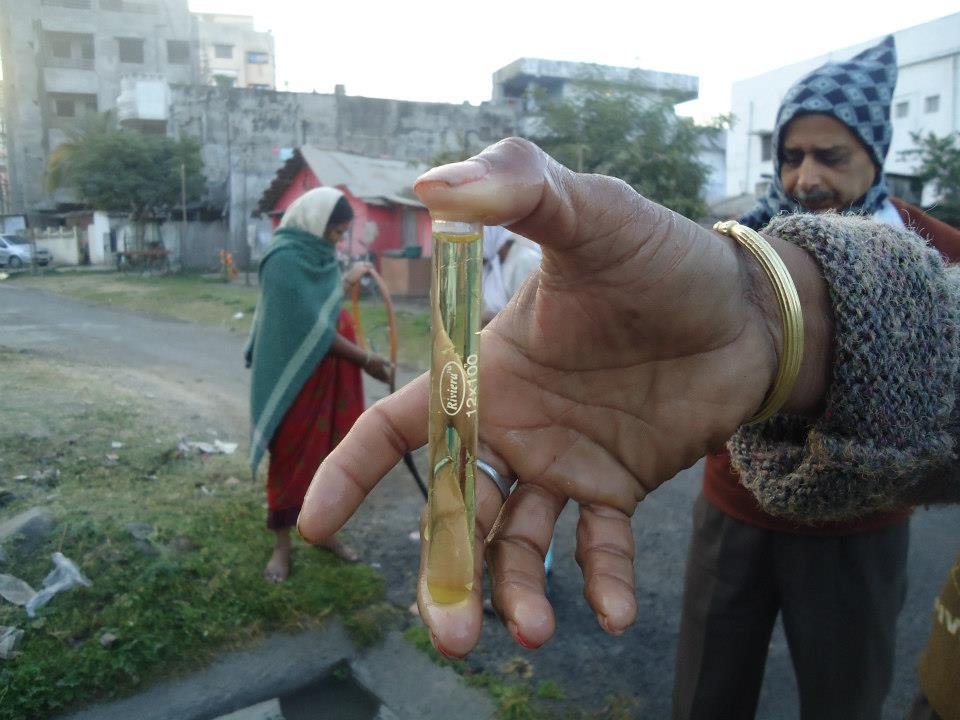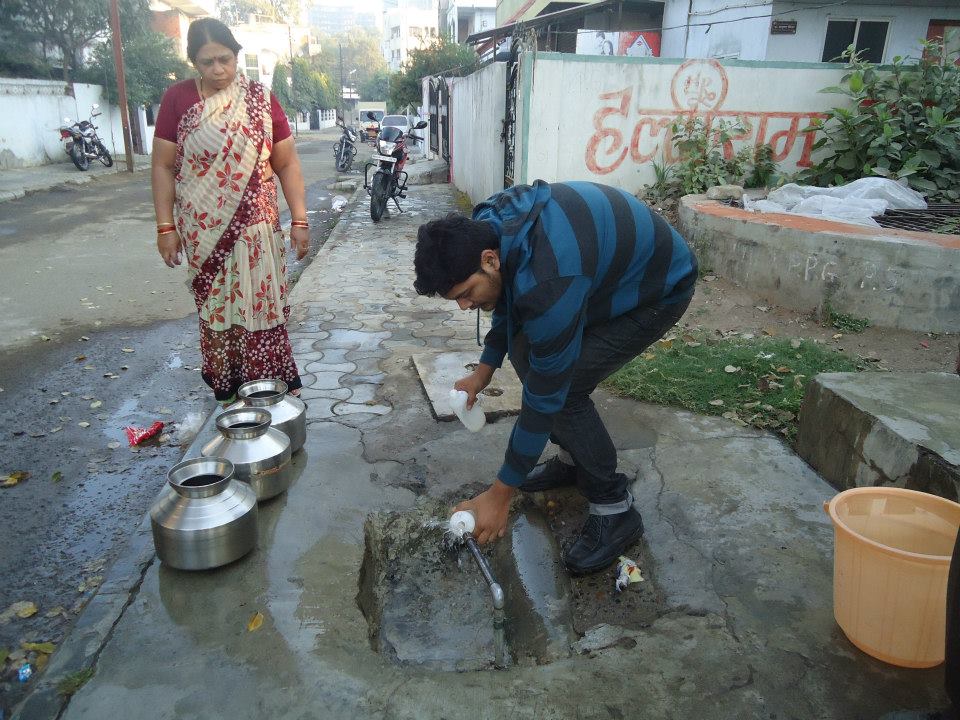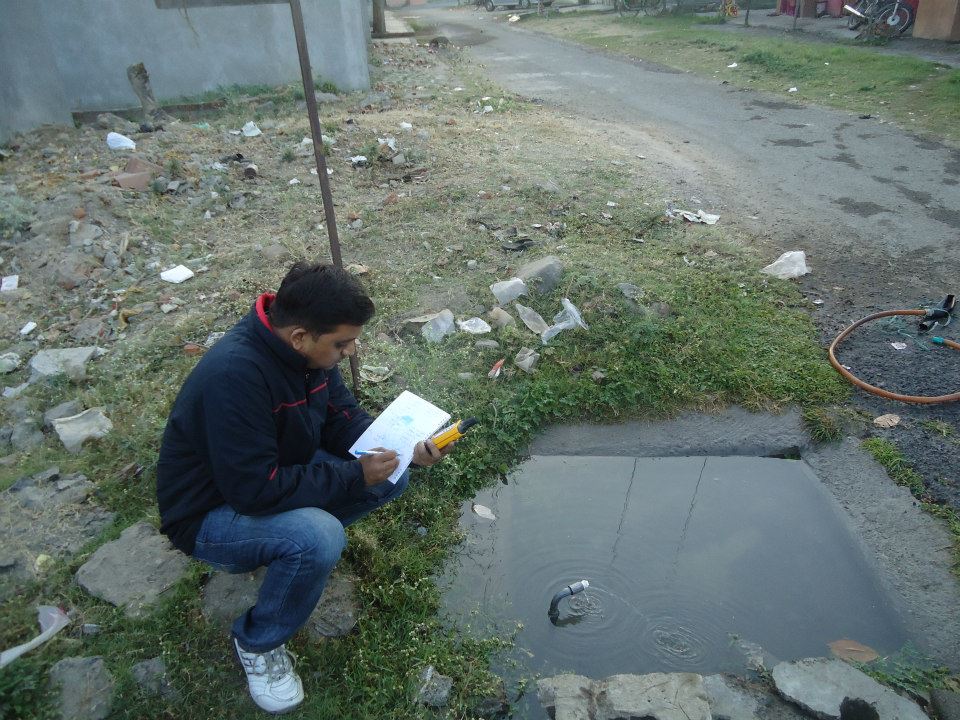Shifting paradigms for safe drinking water in low- and middle-income countries
Access to clean water, sustainable water management and sanitation are priority targets to reach, especially in developing and underdeveloped countries, as reflected in the SDG goals set by the United Nations. However, based on recent survey results by the WHO/Unicef Joint Monitoring Programme, around 2 billion people worldwide still do not have access to safe drinking water.
Advanced economies like Singapore and the United Kingdom have 100% safely managed drinking water, whereas low-income countries reach a much lower percentage, namely Ethiopia (11%), Nepal (27%) and Tanzania (57%). In the current scenario where 2 billion people around the world are exposed to faecal contamination of drinking water, regular monitoring of emerging microbial contaminants, access to safe water, disinfection strategies, and retrofitting of the existing water supply networks require significant attention. This is especially important in view of the fact that by 2025 half of the world’s population will be living in water-stressed areas.
Recently, a group of scientists at Newcastle University, UK, demonstrated the application of memory-stick-sized MinION of Oxford Nanopore Technology using cutting-edge molecular techniques to identify several faecal pollution indicators in the UK, Nepal and Ethiopia. Such technology is a game-changer in the field of microbial water quality in near-real-time monitoring of around 100,000 bacteria. Even with several logistical issues, including the supply of chemicals and other auxiliary equipment, the study could successfully identify several faecal pollution indicators, such as Arcobacter and Aeromonas in Ethiopia, which are not conventionally monitored. However, culture-based methods are to be considered to confirm the microbial risk associated with drinking water which was implemented by the same group when the study was extended to Tanzania.
Chlorination is a disinfection strategy commonly practised in many parts of the world due to its potential to kill pathogens, including bacteria and viruses, its efficient residual effect against future contamination, ease-of-use, acceptability, and most importantly, scalability and low cost. However, chlorination of drinking water comes with several drawbacks, most importantly, the formation of carcinogenic disinfection by-products (DBPs). A recent study conducted in India found that organic matter present in the water plays a critical role in the formation of carcinogenic DBPs such as trihalomethanes (THMs), but THMs are rarely found in untreated water; however, due to chlorination, they are often found at a high concentration in treated water. Exposure to volatile THMs in poorly ventilated drinking water or wastewater treatment facilities may pose an additional health risk. Chloroform, bromoform, dibromochloromethane, and bromodichloromethane are some of the THMs for which WHO has set the guidelines to maximum 0.3, 0.1, 0.1, and 0.06 mg/L, respectively but chronic exposure may pose additional health risks.
In addition to microbial and chemical water quality, drinking water quantity is an important issue that requires significant attention in emerging economies like India, where access to a 24-hour drinking water supply is still a dream. In many parts of India, intermittent water supply (IWS) is standard practice. Piped water is only supplied for a few hours, between 2-4 hours a day. IWS systems are more prone to microbial contamination and formation of DBPs due to intrusion of contaminated water during the non-supply hours. A group of researchers from the National Environmental Engineering Research Institute in India has studied the existing infrastructure’s suitability to support pressurised water supply for safe drinking water while maintaining adequate pressure in the system. Thus, retrofitting the existing system reduces the capital burden, and a water distribution network with an online monitoring facility of chemical and microbial water quality could safeguard public health in many middle- and low-income countries. Thus, a shift from intermittent to pressurised water supply without compromising water quality could be the next safe drinking water supply mode in many parts of the world who are aiming to achieve safer drinking water standards.
Water safety, a topic of persistent importance, especially in middle- and low-income countries, will be discussed extensively at the IWA/WHO International Water Safety conference (22-24 June 2022, Narvik, Norway). This event will provide a broad overview of the whole water safety cycle, from catchment to tap. Registrations are now open!
The views and opinions expressed by the author do not necessarily state or reflect his past and current affiliation nor IWA’s view.





